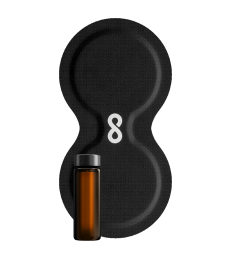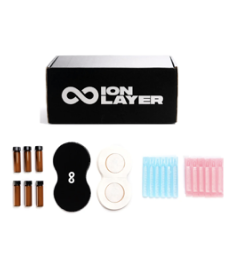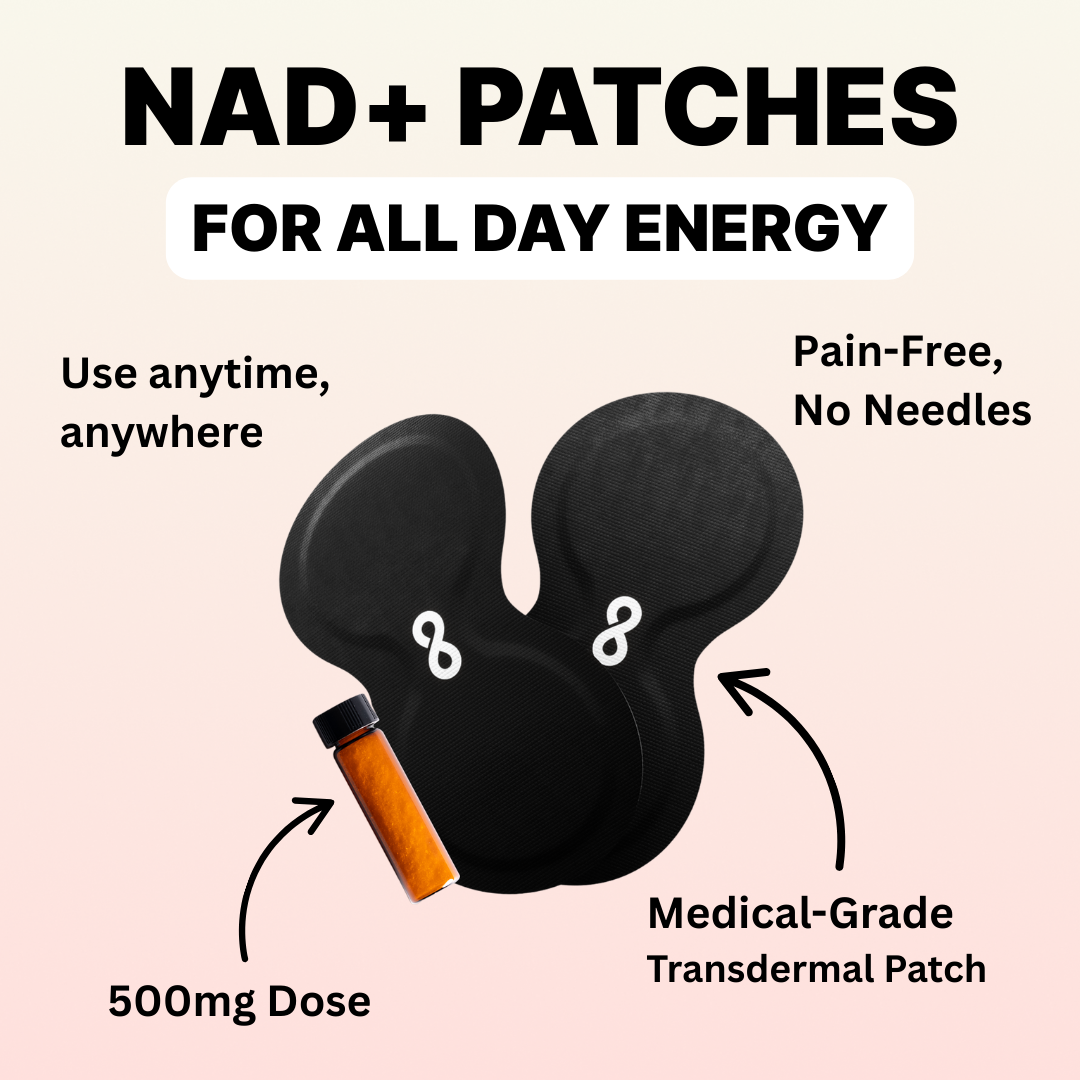
Did you know that nearly 50 million buildings in the United States have unhealthy levels of mold, triggering millions of people to have symptoms such as relentless coughing, sneezing, skin irritations, and brain fog? Not to mention, according to the Mayo Clinic, 93% of patients with chronic rhinosinusitis met the diagnostic criteria for it to be caused by an allergic reaction to mold or fungus. One in 6 Americans have chronic rhinosinusitis.
If you've ever faced the challenges of toxic mold exposure, you understand the toll it can take on your quality of life. But what if we told you there's a convenient and efficient solution to aid in your recovery? Let's delve into this solution and how it involves boosting NAD levels – your secret weapon against the insidious effects of toxic mold.
What is toxic mold?
Toxic mold, often known as black mold or Stachybotrys chartarum, poses a significant threat to human health due to its production of harmful mycotoxins. Mold thrives in damp and humid environments, making it a common issue in areas with water damage, such as basements, bathrooms, and spaces affected by flooding.
The impact of toxic mold exposure is far-reaching. According to the Centers for Disease Control and Prevention (CDC), millions of homes in the United States alone have water damage, making them susceptible to mold growth. Approximately, a quarter of the population, roughly 25%, is susceptible to mold toxicity as their genetic predisposition inhibits their ability to eliminate biotoxins.
However, what's concerning is that many cases of toxic mold exposure may go undiagnosed. The CDC further reports that mold issues often remain hidden due to a lack of awareness, inadequate testing, or misdiagnosis of symptoms. Hence, a significant number of individuals might be suffering from mold-related health problems without even realizing it.
Mold exposure and cellular damage
Toxic mold exposure can inflict harm at the cellular level through various mechanisms. Mold toxins, also known as mycotoxins, disrupt cellular processes and disrupt the balance of NAD within cells. This interference inhibits NAD synthesis, decreasing NAD levels and impairing cellular function.
Additionally, mold toxins induce oxidative stress, wreaking havoc on the balance between free radicals and antioxidants. This oxidative stress can result in DNA damage, mitochondrial dysfunction, and inflammation, further compromising cellular health. The depletion of NAD in the presence of mold toxins exacerbates these cellular damages.
Ever felt having constant brain fog or difficulty remembering things? Mold may be the one to blame. One study found that exposure to both toxic mold and nontoxic mold caused cognitive and emotional dysfunction in mice, including increased anxiety-like behavior and decreased neurogenesis (the process by which new nerve cells are generated in the brain).
Another study also pointed out that NAD levels play a fundamental role in brain functions, brain pathologies, and brain aging.
How NAD can help - what the science says
As you may already know from previous blogs on here, Nicotinamide Adenine Dinucleotide (NAD) is a vital coenzyme found in all living cells. It plays a pivotal role in cellular energy production, DNA repair, and maintaining overall cellular health.
However, NAD levels can be negatively impacted by various factors, including aging, stress, poor diet, and exposure to environmental toxins like mold.
Scientific research supports the connection between NAD and combatting oxidative stress not only in the context of aging but also as it relates to neurodegenerative diseases, inflammation, and significant impairment in normal cellular function. Studies conducted on mice found that NAD supplementation protected against oxidative stress, reduced DNA damage, and improved cellular function.
Although more research is needed to establish specific protocols for NAD supplementation in mold-related illnesses, such findings are promising.
Needless to say, maintaining optimal NAD levels may be the ultimate tool to supercharge your detoxification regimens and help your body recover from toxic mold exposure.
Your solution: NAD Patches
Now, here's where the Ion Layer NAD patches come into play as an efficient and convenient solution. NAD patches offer an easy, hassle-free, and needle-free modality to boost your NAD levels. Anecdotal evidence suggests that NAD patches have aided individuals in their recovery from mold exposure, supporting cellular repair and energy production without the need for frequent supplements or injections. Take a look at one of our customers’ experience as she was kind to share it with us:
“Ion [Layer] is the only treatment that has helped reverse my debilitating fatigue. I got very sick from Lyme disease, co-infections & mycotoxin illness [mold toxicity] in 2019 which caused terrible fatigue. I went from hardly being able to care for my son, cook dinner, or run an errand to being able to be on my feet almost all day. My husband was gone when I started and was amazed at the change when he came home. Ion gives me the ability to be a mom and wife again. I’m so grateful.” — Brianna D.
In conclusion, toxic mold exposure can have severe implications for your health, leading to a range of distressing symptoms and potential long-term consequences. Understanding the role of NAD in cellular function and recovery from mold exposure opens up promising avenues for intervention. By boosting NAD levels through the Ion Layer’s high-dose NAD patches (500 mg of raw NAD+/patch), you can support cellular repair, enhance energy production, and mitigate the adverse effects of mold toxins.
We understand that consulting a healthcare professional ensures an accurate diagnosis, personalized treatment plans, and preventive measures, so when you sign up, we connect you with one for an initial consultation. They will also be the ones who will prescribe the patches for you.







